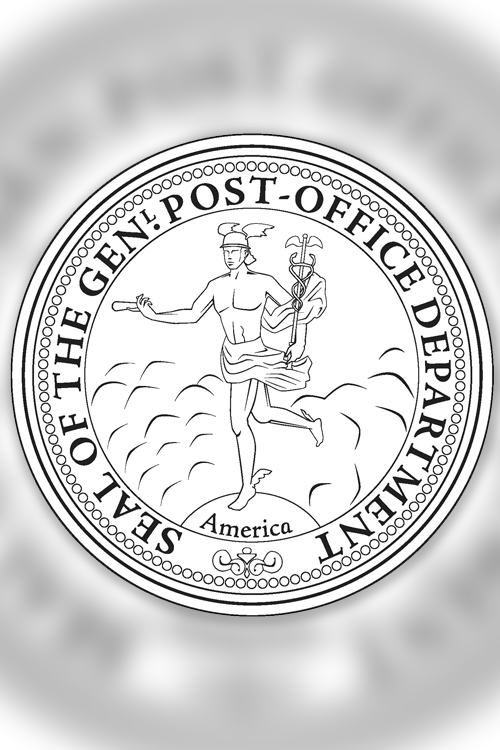To help celebrate the update of Publication 100, the Postal Service’s official history book, here are eight interesting tidbits from its pages.
1. Women have served as Postmasters since the American postal system began in 1775. Mary Katherine Goddard of Baltimore, MD, was Postmaster when Benjamin Franklin was named the first Postmaster General, making her the first female Postmaster in the United Colonies, the United States’ predecessor. Keeping the lines of communication open was so important during the Revolutionary War that for several years, Goddard kept the office operational by paying the post rider out of her own pocket.
2. Before the eagle, a winged god and a horse and rider symbolized the U.S. postal system. Mercury, the winged messenger of the gods, was used in the official postal seal until 1837, when it changed to feature a post rider. The horse and rider remained on the official seal until the eagle was adopted in 1970.
3. Prior to the 1840s, people rarely used envelopes. Until July 1845, postage was expensive, and two sheets of paper cost twice as much to mail as one sheet. Instead of using an envelope — which would have counted and been charged as another sheet — people folded their paper so that the outside was blank, then sealed it with wax or adhesive.
4. George Washington was featured on one of the first two U.S. postage stamps, issued in 1847. Washington has appeared on more than 300 different stamps, more than any other person.
5. U.S. Mail first reached California by steamship, via Panama, in 1849. The scheduled travel time was three to four weeks, but delays were so common that in 1850, residents of Los Angeles learned California was admitted to the Union six weeks after the fact.
6. In 1855, the prepayment of postage became mandatory. Previously, postage could be paid by the sender or the recipient, or partially by each.
7. William Cooper Nell, appointed a Boston postal clerk in 1863, was the first known African American to hold a federal office. Nell was an abolitionist and journalist who had earlier achieved success as an equal rights champion. The 1855 publication of “The Colored Patriots of the American Revolution” earned him another distinction — the first published African American historian.
8. Before 1863, postage paid only for the delivery of mail to an addressee’s Post Office. Free home delivery of mail was first offered in cities in 1863, and in rural areas in 1896.
